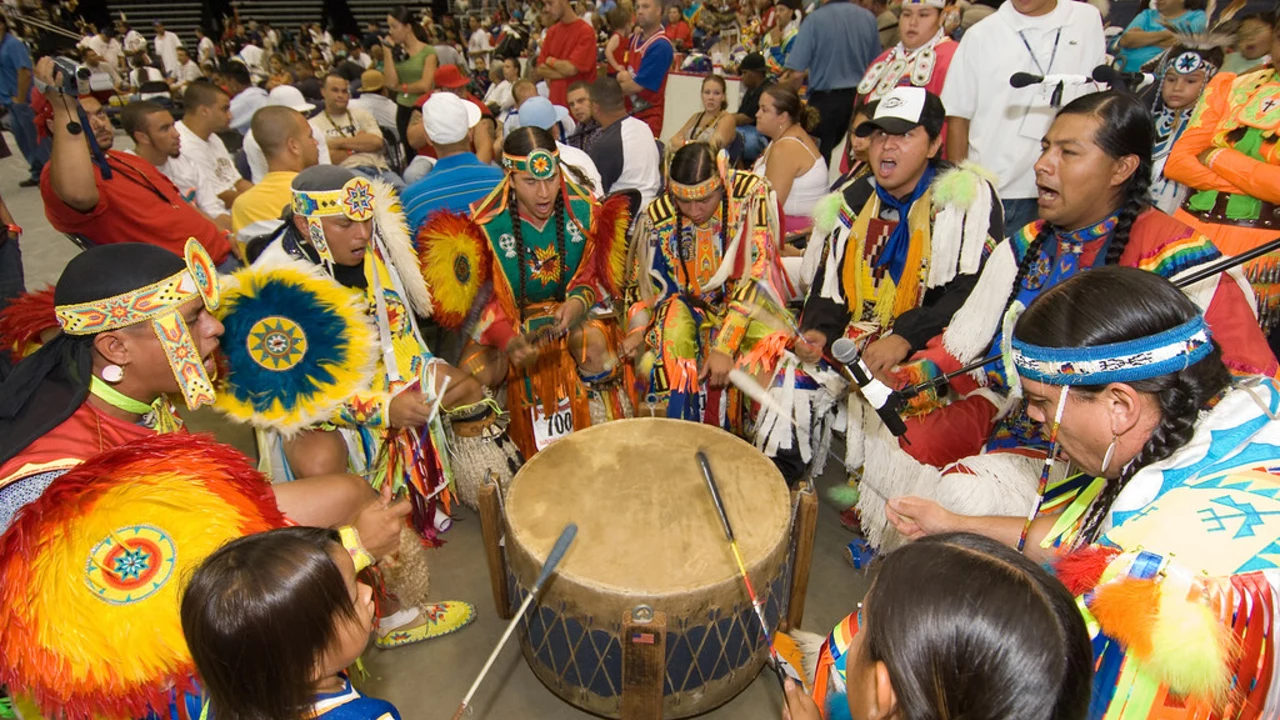Native Indian Tribes: History, Culture and Today
India is home to more than 700 tribal groups, each with its own language, customs and way of life. These communities have lived across forests, hills and plains long before modern borders were drawn. Their stories are woven into the fabric of Indian history, yet many people still know only a handful of names like the Gonds, Bhils or Santhals. This guide gives you a quick look at who they are, what they do, and why their future matters.
Who are the native Indian tribes?
Tribal peoples, often called Adivasis, claim ancestry that stretches back to the earliest settlers of the subcontinent. They are spread over 30 states, from the dense jungles of central India to the high altitudes of the Northeast. Each tribe speaks a distinct language or dialect—some belong to the Dravidian family, others to Austro‑Asiatic or Tibeto‑Burman groups. Their societies are usually organized around clans, with elders guiding decisions and rituals.
Traditional occupations reflect the land they inhabit. Forest dwellers hunt, gather honey, and practice shifting cultivation, while hill tribes weave bamboo baskets and make herbal medicines. Many tribes also excel in art forms such as warli painting, tribal dance, and intricate beadwork, which are now celebrated worldwide.
Culture, customs and daily life
Religion for tribal groups is a mix of animism and ancestor worship. Sacred groves, rivers and mountains often serve as temples, and festivals are tied to agricultural cycles. For example, the Kherwal tribe of Jharkhand celebrates Sohrai to thank the earth for a good harvest. These celebrations involve singing, drumming, and food sharing, creating strong community bonds.
Family structures tend to be joint, with multiple generations living under one roof. Property is usually held collectively, and decisions about land use are made in community meetings. This collective mindset helps protect their environment, but it can clash with modern laws that push for individual land titles.
Education is changing tribal life fast. Government schools and NGOs are setting up classrooms in remote villages, and many young people are now learning Hindi and English alongside their mother tongue. This opens doors to jobs in cities, yet it also raises concerns about cultural loss. Balancing modern opportunities with the preservation of language and tradition is a daily challenge.
Health issues are another area of focus. Tribal communities often lack access to clean water and medical facilities, leading to higher rates of malnutrition and preventable diseases. Recent initiatives bring mobile clinics and traditional healers together, aiming to improve outcomes while respecting indigenous knowledge.
Despite these hurdles, tribes are making strides. Some groups have secured legal rights to their forests, allowing them to manage resources sustainably. Others are turning their crafts into marketable products, earning income without leaving their villages. Success stories show that with the right support, tribal peoples can thrive while keeping their heritage alive.
Understanding native Indian tribes means recognizing both their ancient roots and their present-day aspirations. By learning their languages, respecting their customs, and supporting policies that protect their lands, we help ensure that these vibrant cultures continue to enrich India’s diversity for generations to come.
Do American public schools teach about native Indian tribes?

